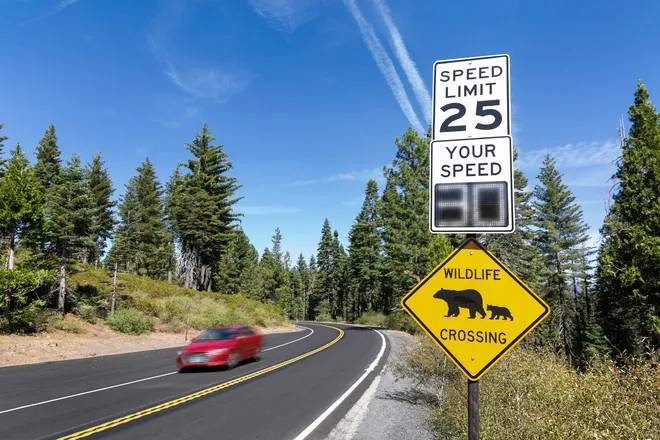
What you should know about driving in bad weather
©
If you’re driving on rural roads, bad weather can present a major hazard. From slippery surfaces to reduced visibility, bad weather makes driving much harder. Here are a few tips on what you should know about driving in bad weather and how to stay safe on the road.
Wet roads decrease traction
When rain, sleet, or snow hits the road, traction becomes much more difficult than usual. Wet or icy surfaces make it harder for tires to grip the road, increasing the likelihood of skidding. Also, rural roads often lack proper drainage, so they tend to flood quickly which leads to hydroplaning hazards.
Make sure to slow down and check your tires regularly. A good set of tires with proper tread depth can significantly reduce slipping risks. Also, if you’re dealing with nasty weather, double the safe following distance between your car and the one ahead.
Fog lowers visibility
Bad weather often significantly lowers visibility, especially on rural routes where streetlights are few and far between. Foggy mornings can make every road feel unfamiliar, and heavy rain at night can make headlights seem invisible.
To stay safe in low-visibility conditions, use your low beams in fog, and avoid high beams since they reflect light and make visibility worse. Additionally, make sure to keep your windshield washer fluid topped off since a dirt-streaked windshield could obscure your vision when you need it most.
Uneven roads test your car’s endurance
Since they’re often unpaved, rural roads are more prone to washouts and mud during storms. Your car’s suspension can struggle in these conditions, and getting stuck in mud is a real possibility.
Drive through mud slowly and evenly, keeping your wheels straight. Avoid sudden accelerations that dig you deeper into the muck. In case your car gets stuck, always carry a vehicle recovery kit in your trunk.
Bad weather affects ADAS calibration
Advanced driver assistance systems (ADAS), such as lane-keeping assist and adaptive cruise control, are lifesavers. However, environmental conditions can impact ADAS calibration.
A small bump from a pothole or icy patch might impact your car’s sensors or cameras, making ADAS less reliable. After experiencing severe weather or driving on poorly maintained roads, have your system recalibrated.
Driving in bad weather conditions, especially on rural roads, demands your full attention and a well-prepared vehicle. Now that you’re familiar with what you should know about driving in bad weather, it’s time to learn to adjust your driving habits and stay safe.

















